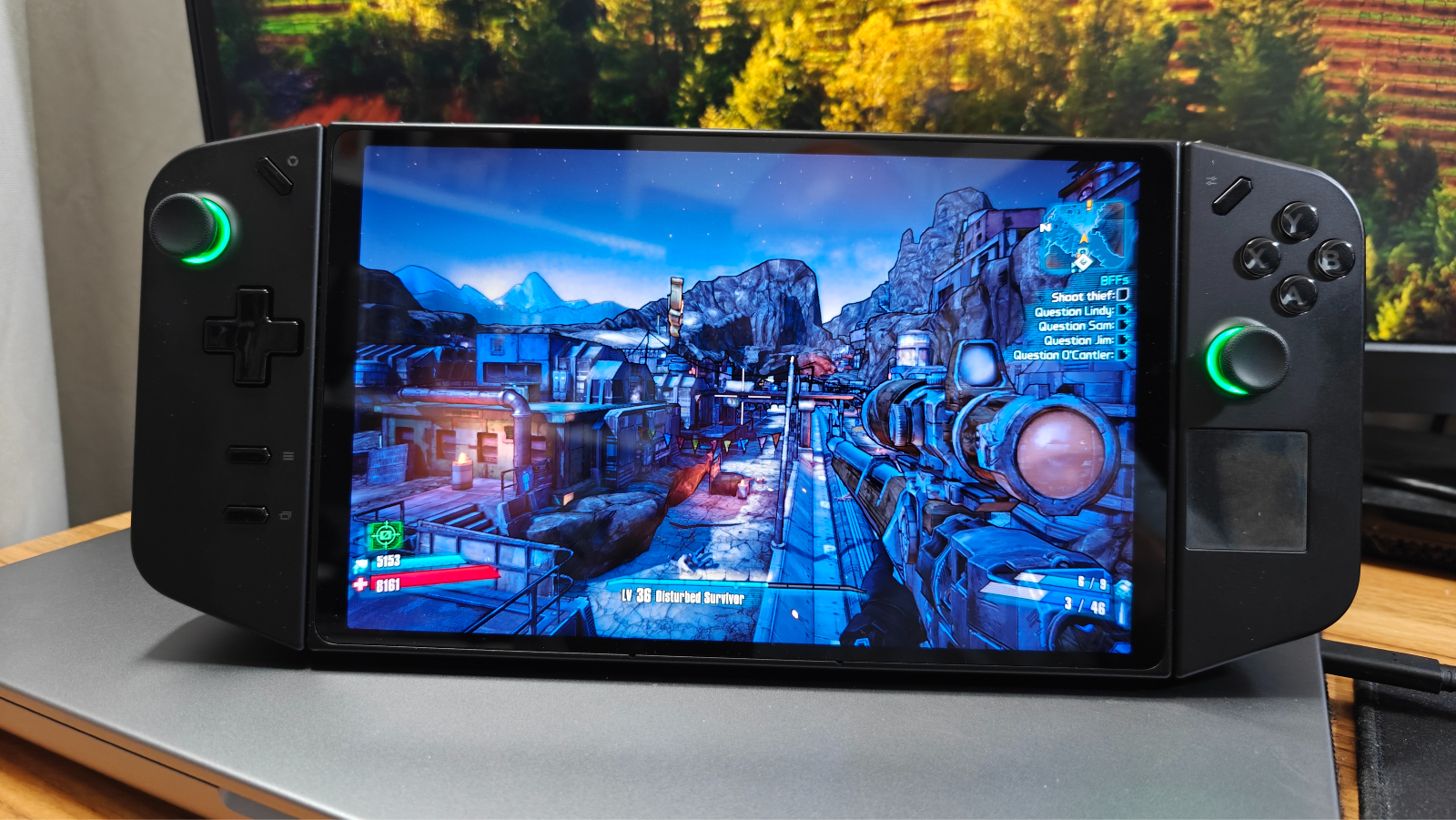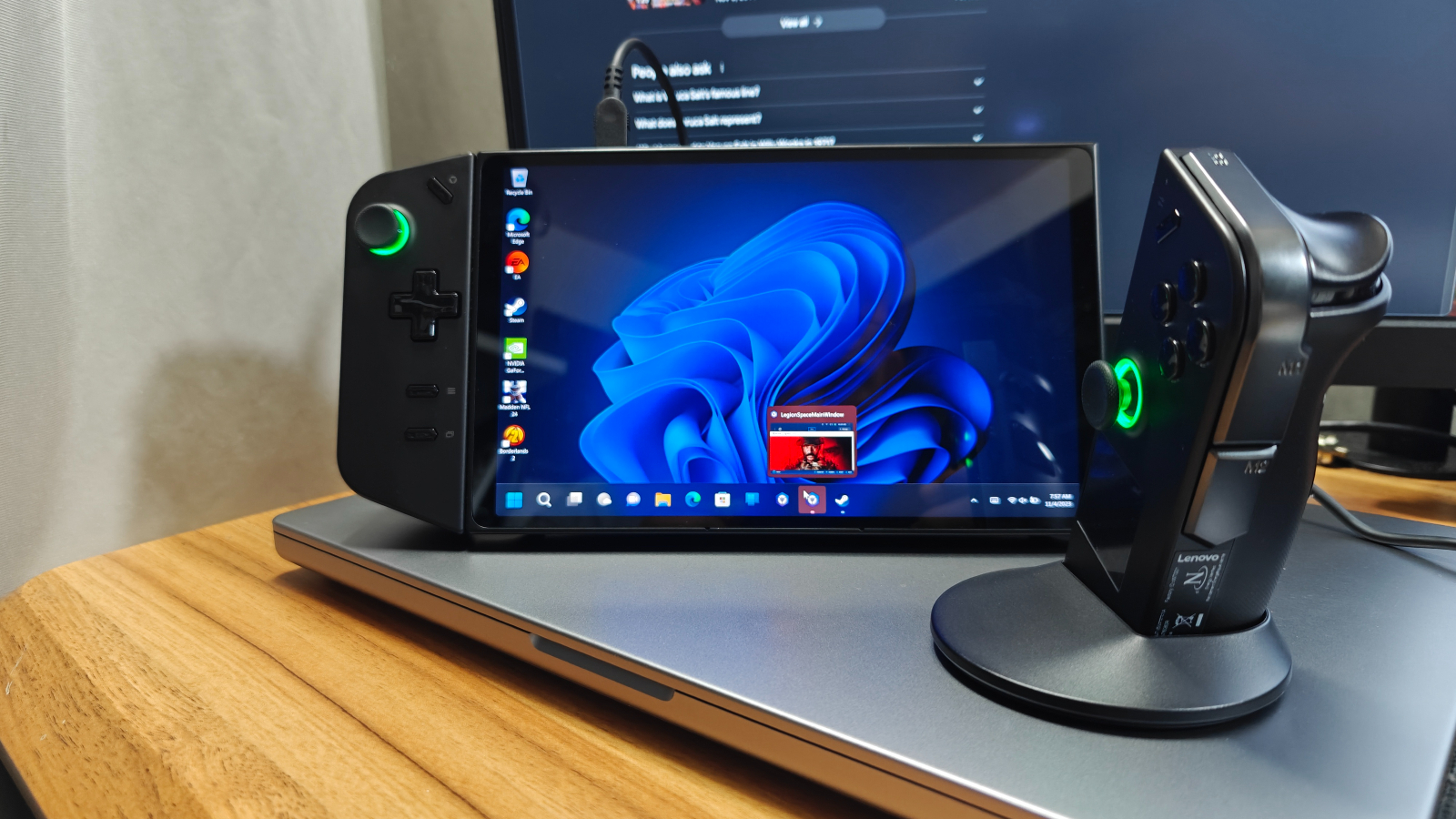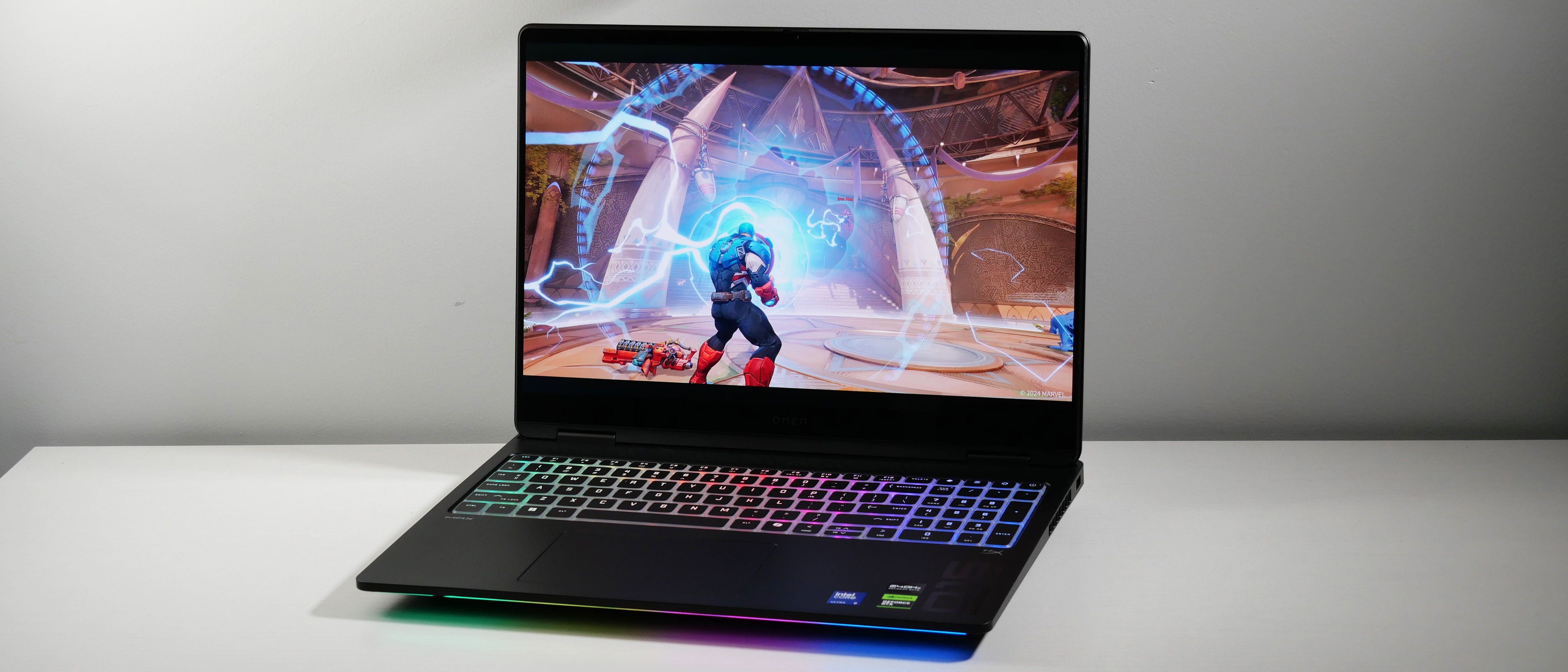Lenovo Legion Go Lite confirmed: What we know and want to see
Legion Go Lite is practically confirmed, so here's what we know

The Lenovo Legion Go Lite has been practically confirmed by Lenovo, with an official product page for the device now featuring additional specs and information that does not apply to the original Legion Go model.
This includes a 7-inch display, an HDMI port, and dual fans, all of which aren't present on any existing model of the Legion Go. Considering the smaller display size, we can only imagine this is in reference to the Legion Go Lite, which has been heavily rumored for months.
We got yet another confirmation of its existence via a Lenovo product slide highlighting the Lenovo Legion Go USB-C Dock. It not only confirms the Lenovo Legion Go Lite but also the Lenovo Legion Go 2.
What we know about Lenovo Legion Go Lite
We've known that Lenovo has been developing a successor to the Lenovo Legion Go for quite a few months now, with the earliest whispers about it starting back in April.
During the Lenovo Innovate Conference in Thailand, Lenovo Gaming Category Manager Clifford Chong claimed that he's "looking towards when the time comes right" to have "the next generation provide even more features." He also said, "There are still engineering efforts to try to bring the next wave of features to the product."
This interview made me believe that Chong was talking about a Lenovo Legion Go 2, and while he still might be referring to such in this case, Jez Corden from Windows Central reported that his sources claimed the Lenovo Legion Go Lite was in development. His report suggested it will sport a Z1 processor, which would mean a base Z1 or Z1 Extreme.
Based on the product page discovered by VideoCardz, we know it'll have a 7-inch display, an HDMI cable, and dual fan cooling. An HDMI port is a vital addition and likely implies that the detachable joycons and backstand won't be included. It would make sense, considering the Nintendo Switch Lite follows a similar naming convention and didn't include either of those things.
Stay in the know with Laptop Mag
Get our in-depth reviews, helpful tips, great deals, and the biggest news stories delivered to your inbox.
But a year has passed since the Lenovo Legion Go launched, and based on what we've seen other Windows gaming handhelds accomplish, some incredible things better be coming to the Lenovo Legion Go Lite.
What the Lenovo Legion Go Lite needs to do
You might think the Lenovo Legion Go Lite is exempt from implementing higher quality elements in certain areas because it'll be a cheaper alternative, but that's not the case.
If the Lenovo Legion Go Lite launches this year, there's a good chance we'll see it in November, which is the same time the original Legion Go came out in 2023.
Within the span of a year, a lot has changed for the Windows gaming handheld market, and the Legion Go Lite won't truly succeed if it's just a weaker version of the original Legion Go in the same vein as the Z1 model of the Asus ROG Ally.
The Legion Go Lite needs to solidify itself with improvements in some areas, or it needs to be so affordable that it makes for an extremely appealing budget option.
We saw the Asus ROG Ally X upgrade its battery from 40Wh to 80Wh and the result was staggering, yielding nearly doubled battery life that makes it an infinitely more appealing mobile gaming device.

On the Laptop Mag battery life test, the Ally X lasted 8 hours and 19 minutes, whereas the original Ally died after 5 hours and 51 minutes. On the PCMark 10 battery life test, the Ally X survived for 3 hours and 4 minutes versus the original Ally's 1 hour and 43 minutes.
The Lenovo Legion Go already did a bit better than the base Ally with its 49.2Wh battery, but that won't be enough anymore. Even the upcoming MSI Claw 8 AI Plus will also have an 80Wh battery when it launches, so the Lenovo Legion Go Lite needs to keep up.
We also need a price point that will make our jaws drop. The most affordable model of the Lenovo Legion Go is currently available for a base price of $699, even though it has been discounted to $599 in the past. But when the base Asus ROG Ally is officially now $499 and is frequently discounted down to $399, the Legion Go Lite has some tough competition in the affordability department.
We also expect the Lenovo Legion Go Lite will pull back on its 2K display and might reduce it to 1080p, but we hope it doesn't stray from how bright and colorful it is.
In our tests, we saw it achieve a 108 percent coverage of the DCI-P3 color gamut and 476 nits at peak brightness. While the Ally X was a little brighter at 523 nits, its 80 percent coverage of the DCI-P3 color gamut showcases just how vivid the Legion Go's panel can be.
Lenovo Legion Go Lite needs to maintain a balance of its best traits while also making the right sacrifices to reduce its price point, but we'll see if the company can pull it off.
Otherwise, you might want to hold off on purchasing a new Windows gaming handheld until 2025.
More from Laptop Mag

Self-described art critic and unabashedly pretentious, Claire finds joy in impassioned ramblings about her closeness to video games. She has a bachelor’s degree in Journalism & Media Studies from Brooklyn College and five years of experience in entertainment journalism. Claire is a stalwart defender of the importance found in subjectivity and spends most days overwhelmed with excitement for the past, present and future of gaming. When she isn't writing or playing Dark Souls, she can be found eating chicken fettuccine alfredo and watching anime.
- Rami TabariReviews Editor
